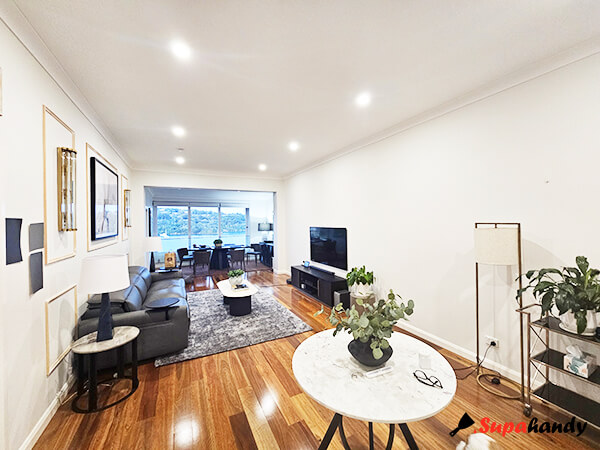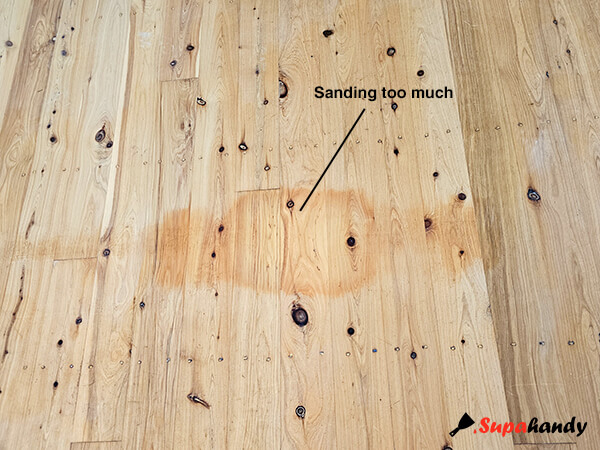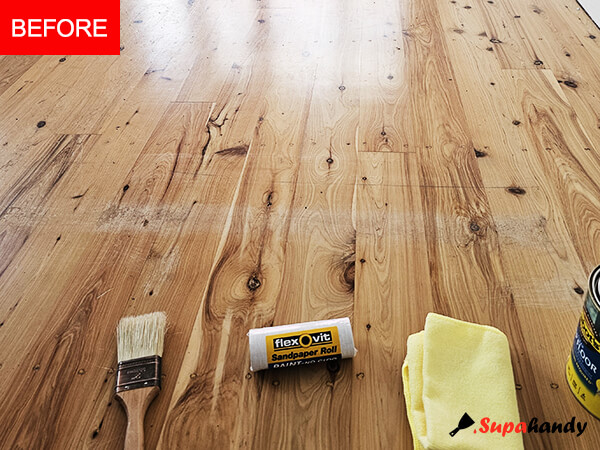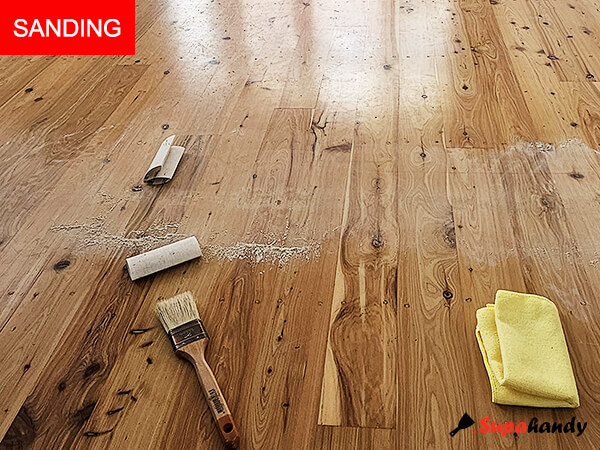Introduction
Timber floor adds a touch of elegance and value to your home, as long as it is well-maintained. However, it can develop scratches over time, detracting from its beauty. Whether caused by moving furniture, playful pets, or everyday wear and tear, these scratches can be effectively repaired using various methods. This guide will tell you how to properly repair scratched timber floors when some unhappy scratches, from superficial to severe, happened especially on the expensive varnished finish.

Causes of Scratched Timber Floors
Scratches on wooden floors can stem from many sources. Common culprits include dragging heavy furniture, the enthusiastic antics of pets, or accidental drops of hard objects. Everyday foot traffic and friction from shoes also contribute to scratches. For varnished timber floors, additional care is required to maintain their natural beauty, such as removing shoes at the entrance and using furniture protection pads.
Simple Home Remedies to Repair Surface Scratched Timber Floors
Vinegar and Olive Oil Mixture: Superficial scratches only affect the floor’s finish.
- To use this home remedy, first, combine equal parts vinegar and olive oil in a spray bottle. Shake the bottle well to ensure the mixture is thoroughly combined.
- Then, lightly mist the scratched area with the mixture, making sure to cover the entire scratch.
- Gently rub the scratched area with a soft cloth in a circular motion for about 1 – 2 minutes. The vinegar will help cleanse the wood, while the olive oil will nourish it, reducing the appearance of scratches.
- Repeat this process 2 – 3 times for better results.
Walnut Method: Another effective method is to use a walnut.
- Break open a walnut and rub the meat of the walnut directly over the scratch.
- Apply gentle pressure and rub the walnut in the direction of the grain for about 30 – 60 seconds. The natural oils in the walnut can help fill in and conceal the scratch, blending it with the surrounding wood.
- After rubbing, let the area sit for a few minutes to allow the oils to penetrate the wood.
- Finally, wipe off any excess oil with a clean cloth.
Repair Precise Scratched Timber Floors
For a more precise repair, consider using a touch up stain pen, like Cabot’s 10ml Touch Up Stain Pen – Walnut Brown . Make sure to select a color that closely matches the color of your floor. You can buy these products from your local Bunnings shop. This kind of product has the most popular color, like Jarah, Walnut, and Oak, etc.

Cabot’s Touch Up Stain Pen is easy to use and can cover chips or scratches on interior timber surface, such as furniture, flooring, and the like. Moreover, it is also suitable for exterior use, being waterproof and UV resistant. No primer is required, and recoating can be carried on after 4 hours.
Notice: it is not tintable, and possesses a matte sheen.
Sanding for the medium of Scratches on Timber floors
If your floor has one or two, or couple groups scratches, your best option is to lightly sand these area floor boards and refinish them.
- Assess the Finish: Before starting, determine if your floor has an oil-based or water-based finish, and whether it’s varnished or stained. This will affect the type of products and techniques you use.
- Punch Up Nails: If any nails are sticking above the surface, punch them down to prevent further damage.
- Sand the Area: Lightly sand the scratched area along the timber grain using fine-grit sandpaper (150 or 250 grit). This helps to smooth the surface and blend the scratch with the surrounding wood.
Notices (important): don’t sand too much only on the scratches, which would show different timber texture and color and would be quite different to its around area (see attached photo).

If your floor has noticeable scratches throughout, the best option is to sand down the whole timber floor and refinish it. You can rent a sander from your local hardware store, like bunnings and sand on the floors yourself.
- Clean Up: Sweep and vacuum the sanding dust and debris to ensure a clean surface.
- Apply Varnish: Use a brush or lambswool applicator to apply 2 or 3 layers of varnish to the sanded area. Ensure the new varnish overlaps and levels with the existing floor finish.



As to quite deep and/or wide scratches
As to quite deep and/or wide scratches, like gouges, your first step should be to use a wood filler, like Timbermate Harwood Wood Filler , to fill in the gaps before sanding, applying stain and finish as following steps:
- Choose a wood filler that is compatible with the type of wood your floor is made of.
- Apply the filler using a plastic scraper or similar tool, pressing it firmly into the scratch to ensure a tight fit. Allow the filler to dry completely according to the manufacturer’s instructions.
- Then, lightly sand the filled area to smooth it out before applying stain and finish.
The Timbermate Hardwood Wood Filler is a water-based product and accepts a variety of stains and colours, and can serve multiple purposes as fillers. Details can be found on Bunnings this product page.

As to severe scratches and badly damaged floor boards
If the damage to your floor is severe, you may need to replace the damaged floorboards. It’s good practice to store a couple of spare boards when building the new timber flooring for future replacement. When replacing the floorboards, make sure to measure and cut the new boards accurately to fit the space. Use appropriate tools and techniques to install the new boards securely, ensuring they are level with the surrounding floor.
Conclusion
Repair scratched timber floors, especially varnished flooring, can be achieved through various methods depending on the severity of the damage. Whether you opt for a simple home remedy, a commercial repair kit, or sanding, taking a little time to address these scratches can help rejuvenate your floor and keep it looking beautiful for years to come. Regular care and maintenance, such as protecting the floor from scratches and keeping it clean, will also contribute to its longevity.
